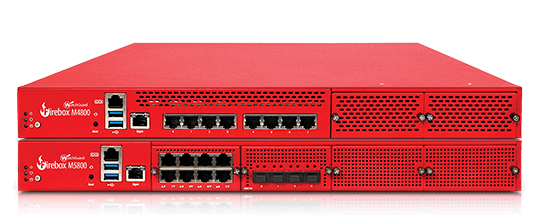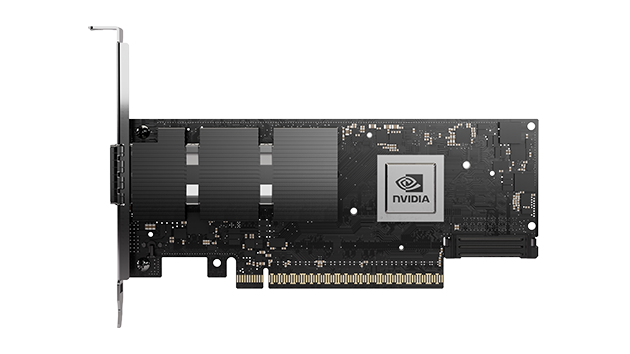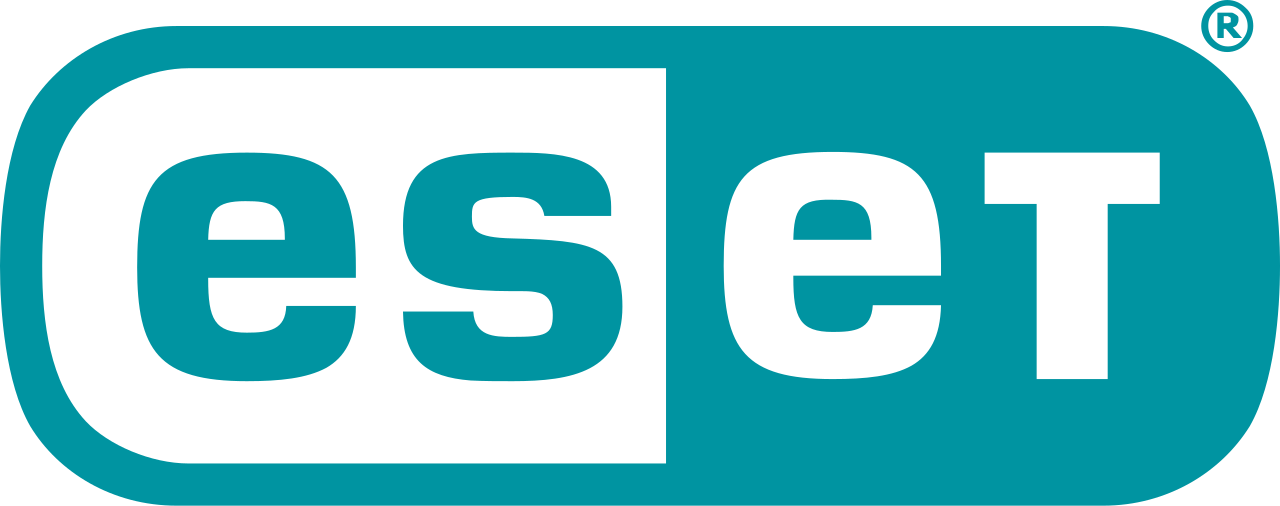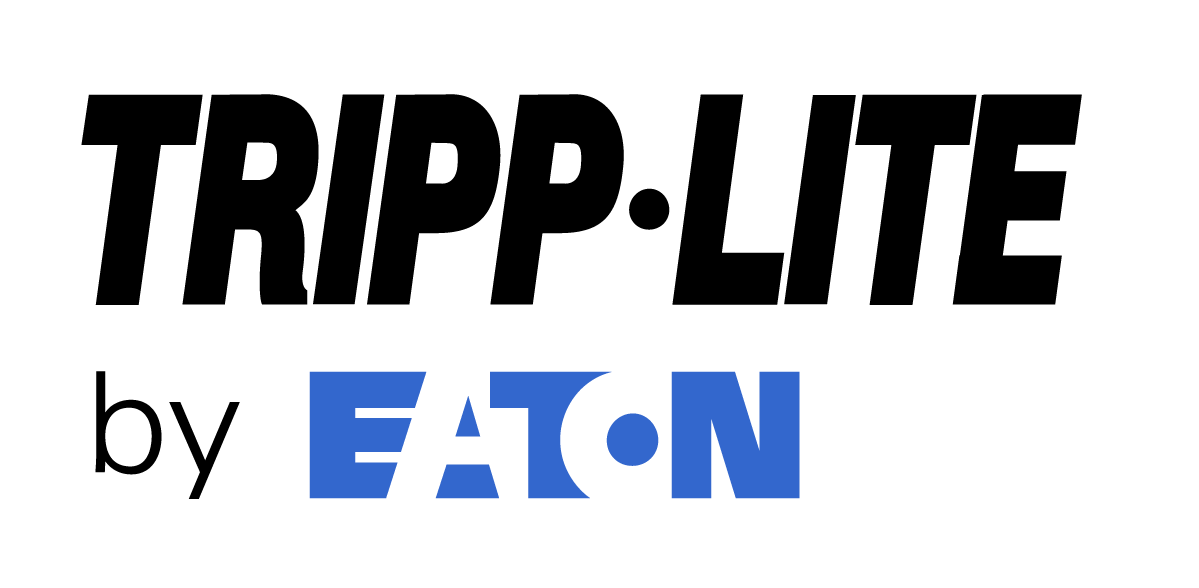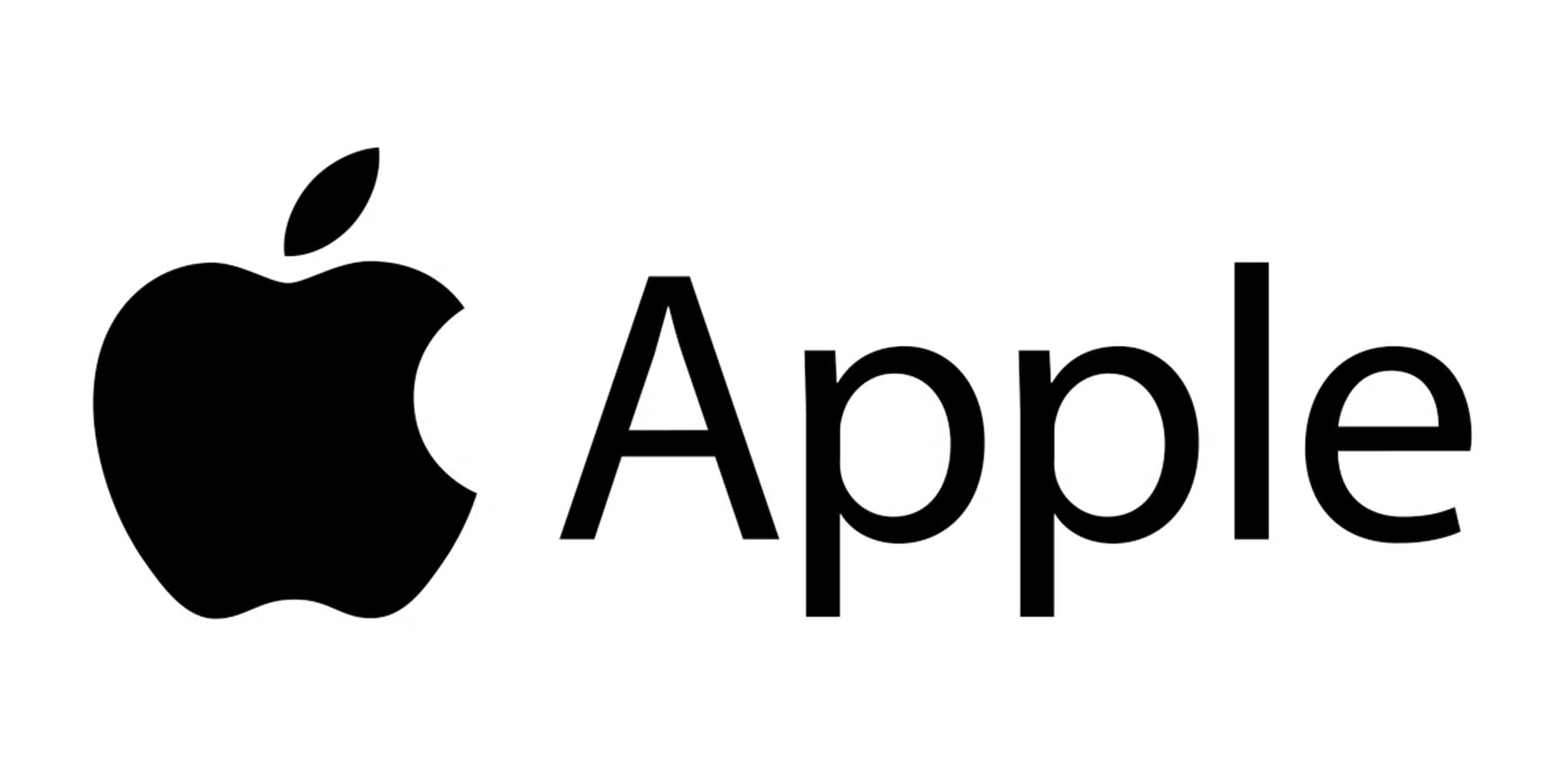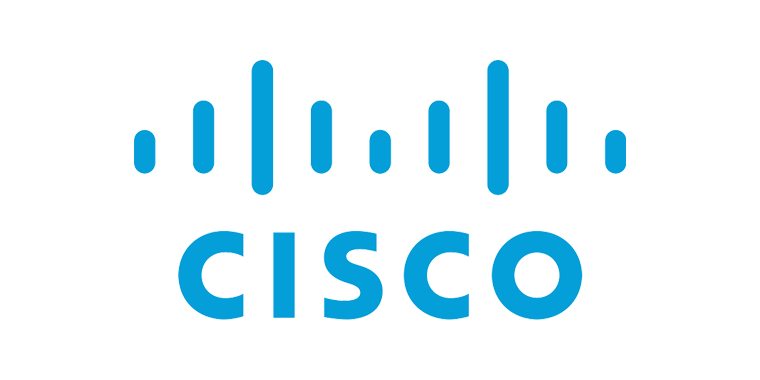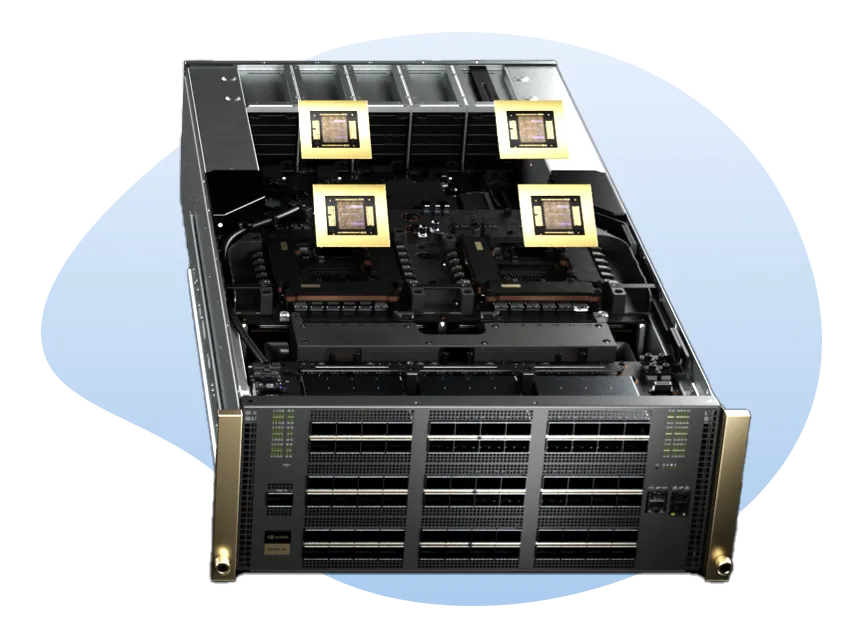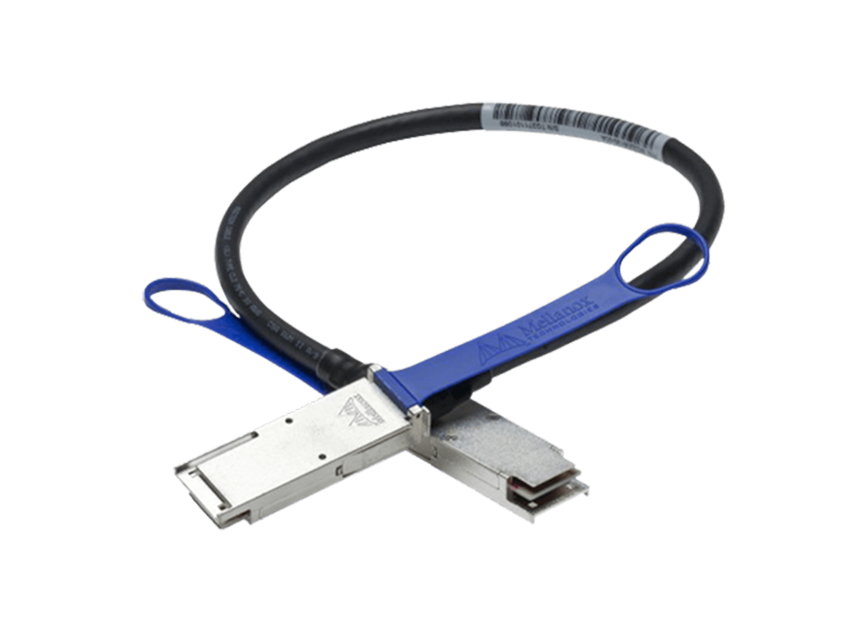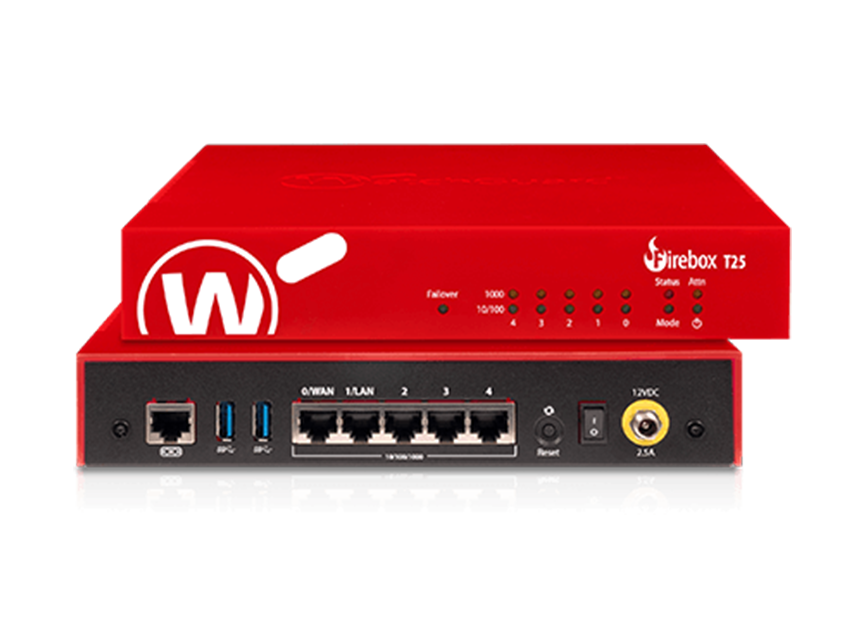Revolutionary Technology's Top Technology Stories
Grounding, Bonding, and the Intricacies of Fiber Optic Cables
- Details
- Written by: Correo "Cory" Hofstad
- Parent Category: Technology Services
- Category: Fiber Optic Networks
- Hits: 496
Fiber optic technology has revolutionized communication, offering unprecedented speeds and bandwidth capabilities. However, as the demand for reliable and high-performance networks grows, proper installation and understanding of fiber optic cable specifications become imperative. Explore the critical aspects of specifying and installing fiber optic cables correctly, delving into the grounding and bonding requirements, different cable types, and their installation contexts.
Understanding Grounding and Bonding Requirements
Any cable containing metallic conductors necessitates proper grounding and bonding. Grounding serves the dual purpose of protecting the equipment and personnel from electrical faults while enhancing signal integrity. Whereas insulation may prevent leakage, grounding integrates safety into electrical systems, especially for installations where fiber and metallic conductors coexist. This is particularly critical in hybrid cables that combine single-mode and multi-mode fibers, thus highlighting the requirement for meticulous installation practices.
Additionally, every installer should ensure that cables meet the National Electrical Code (NEC) regulations, particularly for indoor applications. No cable should be installed indoors unless it is explicitly UL-listed for flame retardancy. This certification ensures that the material used can resist fire and limit the spread of flames, dramatically improving safety on the premises. As we transition to discussing fiber optic cables, understanding the types available and their specific environmental contexts becomes essential to fulfilling both performance and safety standards.
Exploring Types of Fiber Optic Cables and Their Specifications
When we examine the types of fiber optic cables and their specifications, we find that two primary classifications dominate: outdoor and indoor cables. Outdoor fiber optic cables are designed to withstand environmental threats like moisture and temperature fluctuations. These cables inherently feature protective measures such as robust jackets made of black polyethylene, which provide both sunlight and moisture resistance. Furthermore, outdoor cables generally include design elements to prevent moisture from penetrating the fiber, thus prolonging cable life and maintaining signal quality.
In contrast, premises cables are tailored for indoor use. These cables differ not only in their construction materials but also in their performance specifications. Indoor cables must meet stringent fire safety standards and often incorporate fire-retardant properties that enable them to minimize the impact of a fire incident. Knowing the differences between outside plant (OSP) cables and premises cables is crucial for ensuring compliance and performance in specific installation environments.
Understanding Cable Constructs: Composite and Hybrid Cables
In the realm of fiber optic cables, composite and hybrid cable types may encounter unique characteristics. Composite cables incorporate fiber optic and metallic conductors, serving as versatile options for various applications. These cables are handy when high-speed data transmission must coexist with conventional electrical signaling. Thus, specifying the right type, based on the installation requirements, becomes vital for optimal performance.
On the other hand, hybrid cables consist of single-mode and multi-mode fibers, effectively catering to applications that demand both types of signal transmission. This versatility expands opportunities for network engineers and installers, as hybrid cables allow for scalability without requiring multiple separate installations. Proper termination and breakout procedures are crucial in ensuring these cables function effectively, and understanding their specifications is essential to avoid missteps.
Installation Best Practices for Fiber Optic Cables
When it comes to installing fiber optic cables, best practices are paramount to ensure the network's longevity and effectiveness. For example, breakout cables present advantages over distribution cables, as they can be terminated without requiring additional hardware to protect the terminations. This capability simplifies installation and reduces potential points of failure, allowing technicians to work more efficiently during deployment.
Additionally, it is vital to adhere to the specified minimum long-term bend radius during installation. Typically, this radius should not be less than ten times the cable diameter; failing to respect this guideline can lead to internal cable damage, potentially ruining connections and leading to costly repairs. Furthermore, always pulling cables with the integrated strength members can effectively prevent damage, maintaining the integrity of the cables throughout the installation process. Lastly, consider incorporating armored cables for outside plant installations to protect against rodent damage, shielding valuable infrastructure from unforeseen threats.
Conclusion: A Comprehensive Approach to Fiber Installation
In summary, understanding the grounding and bonding requirements, various cable types, their specifications, and best installation practices is crucial for any network to function optimally. Whether deciding between hybrid or composite cables or navigating the differences between outdoor and indoor installations, each detail matters significantly. Emphasizing safety through adherence to NEC regulations and ensuring proper termination techniques will undoubtedly enhance the reliability and performance of fiber optic networks.
As technology evolves, installation rules may change, but proper cable specification and installation fundamentals will remain constant. Network installers and engineers must stay informed to adapt their practices accordingly. Ensuring the correct cable is used for the right job will pave the way for resilient and high-performing fiber optic networks for years to come.
The Cost-Effective Revolution: How Optical Fiber Transforms Data Transport
- Details
- Written by: Correo "Cory" Hofstad
- Parent Category: Technology Services
- Category: Fiber Optic Networks
- Hits: 481
The Financial Edge of Optical Fiber
In a world where information is the new currency, finding cost-effective solutions for data transmission has become paramount. One of the most significant advantages of optical fiber is its unparalleled ability to transport vast amounts of data with minimal costs. Unlike traditional copper wiring, which can incur substantial installation and maintenance expenses, optical fiber networks require fewer resources over time. This efficiency enhances the bottom line for businesses and fosters a more dynamic, responsive industrial environment.
Additionally, the long-term savings associated with optical fiber cannot be overstated. The reduced need for cables and repeaters and their higher durability and reliability contribute to lower overall operating costs. For companies involved in telecommunications, such as telephony or CATV (Cable Television), this shift to fiber optics represents a seismic change in infrastructure. As the demand for bandwidth surges, driven by applications like LAN backbones and security camera systems, organizations can upgrade their communications medium without breaking the bank.
Preventing Interference in Industrial Applications
Besides its cost advantages, optical fiber offers another critical benefit that enhances its appeal in industrial settings: the ability to prevent electromagnetic interference (EMI). Traditional copper cables often struggle to maintain signal integrity when machinery operates at high voltage or generates significant electromagnetic fields. Here, optical fiber excels, providing a stable and reliable communications medium that withstands electrical noise.
The implications of this reliability are particularly significant for industries reliant on interconnected systems, from manufacturing to sophisticated security setups. For instance, in industrial networks supporting multiple security cameras, fiber optics ensures that video feeds remain clear and uninterrupted. By minimizing data loss caused by EMI, businesses can guarantee enhanced surveillance capabilities, which are essential for maintaining operational security.
Streamlining Infrastructure with Fiber Optics
As organizations look toward the future, the centralized cabling architecture enabled by optical fiber offers a streamlined solution that enhances efficiency. In conventional setups, telecom closets and extensive copper cabling create bottlenecks that can hinder performance. However, with optical fiber, these constraints often disappear. This transformation allows for the easy integration of devices across vast distances, thereby connecting remote locations without the need for multiple intermediaries.
Moreover, the fiber optic technology seamlessly converts copper lines to fiber optics using fiber hubs. This adaptability encourages companies to leverage their existing infrastructure while reaping the benefits of advanced fiber optic systems. Integrating fiber optics into LAN backbones in telecommunications represents a crucial step toward future-proofing network architecture. Utilizing fiber optics reduces wattage demands and minimizes maintenance hours, allowing teams to allocate resources more effectively, thereby driving productivity.
Conclusion: The Future of Optical Fiber
In conclusion, optical fiber's advantages are numerous and profound. From its cost efficiency to its unmatched ability to prevent EMI, optical fiber is a paramount solution for businesses across various sectors. By streamlining infrastructure and enhancing operational integrity, organizations can harness the full potential of this technology. As we look to the future, the role of optical fiber as a foundational communications medium will only grow, paving the way for advancements in telephony systems, CATV, and industrial networks.
The transition toward an optical fiber-centric approach promises immediate cost savings and a robust framework for evolving technological demands. Organizations prioritizing this transition today will undoubtedly position themselves for success in an increasingly interconnected world.
Page 17 of 35
Introduction: Addressing Mexico's Growing Energy Needs with Innovation
As Mexico's digital infrastructure expands to meet burgeoning demands, addressing the energy requirements of data centers becomes paramount. Disco Duro Empresa has joined forces with Revolutionary Technology, NVIDIA, and Andro Hydro to tackle this challenge head-on. Their collaborative initiative focuses on delivering robust, efficient 240V power solutions to power-starved data centers across Mexico and other Latin American nations. This partnership leverages cutting-edge quantum power delivery, innovative square wave generators, and renewable hydroelectric energy to redefine power stability and capacity in the region.
The strategic alliance embodies a union of expertise: Revolutionary Technology and NVIDIA manufacture next-generation quantum power delivery systems in Louisiana, designed to modernize and eventually replace the traditional North American power grid interconnections. Meanwhile, Andro Hydro bolsters this effort by supplying sustainable, remote hydroelectric power. Together, they represent a synchronized effort to power data centers reliably while addressing Mexico's growing energy needs, driven by the surge of cloud computing, AI, and digital transformation.
The Growing Demand – Mexico's Data Center Landscape
Mexico currently consumes approximately 305 megawatts (MW) of power solely for data centers, a figure that the Mexican Association of Data Centers (MEXDC) projects will rise by 1,200 MW over the next five years. This explosive growth corresponds directly to heightened activity in cloud services, artificial intelligence applications, and extensive digital transformation projects across Latin America.
Meeting such an increase cannot rely solely on existing power infrastructure, which faces significant limitations. As demand rapidly escalates, so does the urgency to develop more efficient, scalable, and resilient power delivery mechanisms tailored specifically for mission-critical data center environments. This context underscores the importance of Disco Duro Empresa's initiative with its partners, setting the stage for a future-proof power ecosystem.
Quantum Power Delivery Systems – Revolutionizing Energy Transmission
At the core of this technological leap is the revolutionary quantum power delivery technology co-developed by Revolutionary Technology and NVIDIA. Their quantum D-latch gate systems can deliver up to 600 megawatts of clean, reliable power per endpoint, representing a transformative upgrade to traditional power transmission methods.
Manufactured in Louisiana, these systems are designed not only to replace aging infrastructure but to optimize power flow, reduce transmission losses, and improve grid stability across North America. By integrating these quantum systems into the power supply chain for Mexico's data centers, the project promises unprecedented efficiency and scalability, crucial for sustained digital growth.
Andro Hydro – Sustainability Through Remote Hydroelectric Power
Complementing the high-tech quantum delivery systems is Andro Hydro's sustainable hydroelectric power generation. Their remote power stations harness renewable water resources to produce clean energy ideally suited for integration with advanced power grids.
Moreover, through the application of Dr. Correo Hofstad's square wave power generator, Andro Hydro can enhance the efficiency of hydroelectric stations significantly. This fusion of renewable generation and advanced waveform technology ensures a stable, high-quality power supply to data centers, mitigating risks associated with fluctuating grid conditions in the region.
The Square Wave Generator Advantage Explained
Dr. Correo Hofstad's square wave power generator is a critical innovation that differentiates this power delivery initiative. Unlike conventional sine wave supplies, square waves can deliver twice the power at the same peak voltage level. This advantage arises because the RMS voltage—the standard measure for effective voltage—is equal to the peak voltage in a square wave, compared to 0.707 times the peak in a sine wave.
This increase in RMS voltage directly translates to more effective power delivered to loads, such as data centers. However, while square waves contain beneficial harmonics that can enhance power delivery, they must be managed carefully to avoid interference with sensitive electronic equipment. Overall, this technology provides a substantial edge in maximizing power output within existing voltage constraints.
Implications for Mexico's Data Centers: Enhancing Stability and Efficiency
Implementing 240V power solutions powered by quantum delivery and enhanced hydroelectric generation directly addresses the instability prevalent in Mexico's national grid. Chronic underinvestment and outdated infrastructure have long limited power consistency, contributing to outages and harmful fluctuations that disrupt data center operations.
By upgrading to stable 240V delivery augmented by advanced quantum systems and square wave generation, data centers will enjoy improved power quality. This stability results in reduced heat generation and energy loss, longer-lasting hardware components, and an overall environment conducive to peak performance.
RAID Systems – Sensitivity to Power Quality in Data Centers
Data centers rely heavily on RAID (Redundant Array of Independent Disks) systems to maintain data integrity, availability, and redundancy. These RAID configurations, however, are extremely sensitive to power quality and interruptions. Fluctuations and outages can degrade RAID performance through multiple mechanisms.
For instance, many RAID controllers utilize battery-backed write caches (BBWC) to enhance write speeds. Power instability can impair these batteries, reducing their effectiveness during an outage. Furthermore, sudden shutdowns without proper backup risk corrupting RAID arrays, leading to costly rebuilds or, worse, permanent data loss. Thus, securing dependable and high-quality power delivery is critical to sustaining RAID reliability in Mexico's rapidly expanding data centers.
Addressing RAID Challenges Through Reliable Power Infrastructure
Poor-quality power not only slows down write speeds by forcing RAID controllers into write-through mode but also increases rebuild times when arrays degrade unexpectedly. Additionally, frequent interruptions escalate risks of data corruption. Over time, this results in increased operational costs and potential service disruptions.
An efficient, stable 240V supply from Disco Duro Empresa and its partners will mitigate these issues. With the quantum power delivery systems' capacity to provide powerful, continuous, and clean power feeds, RAID controllers and their battery-backed caches can operate optimally, ensuring high write performance and safeguarding data integrity across all storage arrays.
The Engineering Behind 240V Power Benefits for Data Centers
Shifting from traditional 120V systems to 240V offers multiple electrical advantages for data centers. Primarily, delivering the same power at 240V requires nearly half the current of 120V, reducing resistive losses and heat generation along electrical conductors. This reduction enhances efficiency and extends equipment lifespans.
Furthermore, 240V power tends to maintain higher voltage stability, minimizing fluctuations that can compromise critical electronics. Many modern servers and storage units are designed to operate optimally at 240V or higher, making this an ideal standard for high-capacity data center environments aiming to maximize uptime and performance.
Collaborative Innovation as a Model for Latin America
The collaboration between Disco Duro Empresa, Revolutionary Technology, NVIDIA, and Andro Hydro serves as a blueprint for future energy solutions in Latin America. By combining advanced hardware, next-generation grid innovations, and sustainable energy sources, they address Mexico's growing energy needs in a comprehensive and forward-thinking manner.
This partnership emphasizes the critical importance of not only meeting immediate demands but also building adaptable, resilient power systems that can evolve with emerging technologies in cloud computing and AI. Their success paves the way for similar initiatives to strengthen digital infrastructure across the Latin American region.
Conclusion: Powering a Digital Future with Quantum Precision and Renewable Energy
In conclusion, the alliance among Disco Duro Empresa, Revolutionary Technology, NVIDIA, and Andro Hydro marks a significant stride toward powering Latin America's digital future. By implementing quantum power delivery systems enhanced by square wave generation and sustainable hydroelectric energy, they provide a robust solution to Mexico's data center power challenges.
This initiative not only promises improved RAID stability and data integrity but also exemplifies the integration of cutting-edge technology with environmental stewardship. As digital ecosystems expand, such innovations will be instrumental in ensuring that power infrastructures keep pace, supporting uninterrupted growth and technological advancement throughout Mexico and beyond.
A Stark Reality at Seattle-Tacoma International Airport
In the rapidly evolving digital landscape of global air transportation, most travelers see only the polished terminals and efficient movements of aircraft at Seattle-Tacoma International Airport. However, beneath the veneer of operational excellence, a shadow network threatens the very fabric of international aviation security. Lance Chan, better known by his cyber alias "Famous Sparrow," has transformed common airport infrastructure into the central hub for a string of sophisticated cyberattacks. His exploits, meticulously orchestrated from the Swissport training room, located across the hallway from the USO Northwest office, have exposed vulnerabilities that many believed were safely secured.
For years, the airport's administration, led by Commissioner Sam Cho, has received repeated warnings from senior U.S. officials—most notably U.S. Air Force Commandant Correo Hofstad and U.S. Department of Transportation Executive Secretary Pete Buttigieg. Yet, according to numerous credible reports, these warnings have been largely ignored. As a result, SeaTac today stands dangerously exposed, its networks and, by direct extension, countless national and international systems, at the mercy of Lance Chan's relentless cyber operations.
Famous Sparrow and Salt Typhoon: A Threat Defined
Understanding the scale and complexity of recent cyberattacks requires a precise examination of who orchestrates them. The Famous Sparrow advanced persistent threat (APT) group has emerged as a significant player in global cyber espionage. Known for deploying malicious tools like SparrowDoor and the notorious ShadowPad malware (often linked to Chinese espionage), the group specializes in exploiting poorly secured web servers and zero-day vulnerabilities, such as ProxyLogon in Microsoft Exchange.
Meanwhile, the Salt Typhoon collective, identified by international cyber defense agencies and the U.S. Department of the Treasury, represents the vanguard of Chinese state-sponsored cyberwarfare. Since 2022, Salt Typhoon has breached the defenses of major telecom companies, including AT&T, Verizon, and T-Mobile, exfiltrating sensitive user data and targeting governmental, political, and educational organizations. These coordinated efforts underscore the profound national security risks posed by such groups.
Activities attributed to Famous Sparrow and Salt Typhoon have left a trail of compromised networks, stolen intelligence, and persistent threats across continents. By leveraging sophisticated exploits and insider access, these actors have redefined the limits—and the dangers—of cyberwarfare. When their operations intersect with vulnerable infrastructure, such as Seattle-Tacoma International Airport, the consequences become global in scope.


